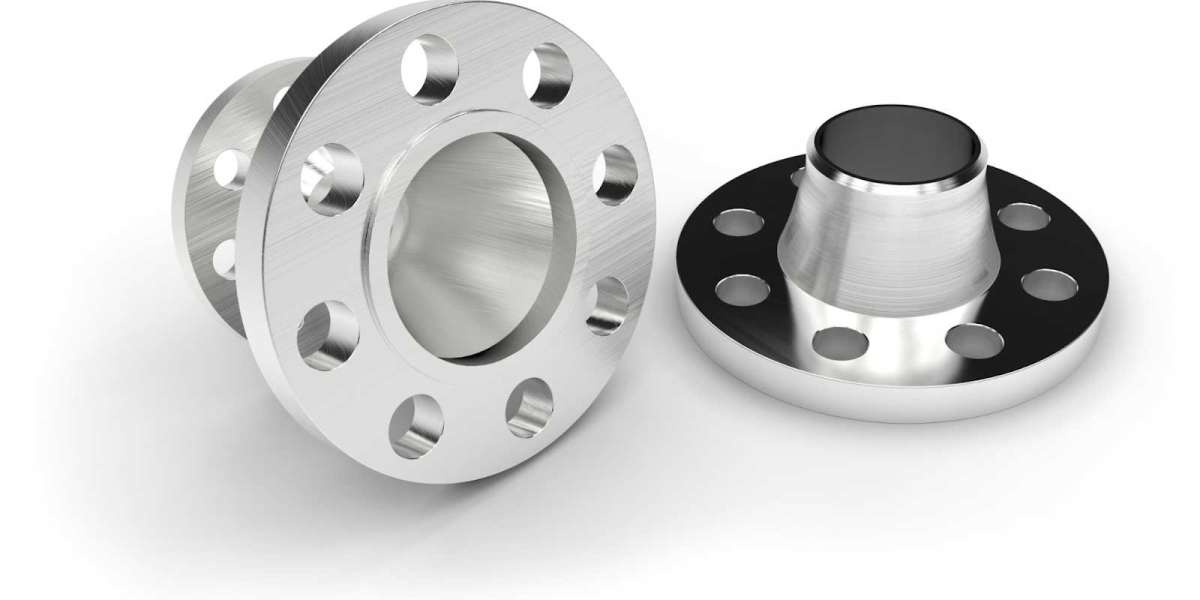Care for Stainless Steel Fittings
Care for stainless steel components spans the supply chain from production through to final decommissioning. A reputable stainless steel fittings distributor plays an important role in safeguarding and caring for parts from the early stages of design through to final delivery for installation and beyond. This is especially important if they connect pipe systems using different materials or different grades or compositions of stainless steel. Here, a stainless steel fittings distributor contributes local insights to system designers and production facilities regarding environmental attributes, performance requirements, and handling considerations that may impact design and production.
Cleanliness is essential for corrosion resistance in stainless steel. The cleaner stainless steel pipes and fittings can be kept through production, while in storage, and as they progress through logistics networks, the greater the assurance for optimum corrosion resistance in the finished product. Prevention can save much more than the cure for corrosion brought about due to exposure to metals, acids, or other contaminants. Here, look for a stainless steel fittings suppliers in the UAE with extensive experience in working with this material, and with handling and storage facilities that allow for clean, indoor, or covered storage space away from sources of dirt, fumes, or fine particles. Furthermore, look for a stainless steel fittings distributor that can supply material on time for installation without having to keep products lying about construction sites or in waiting areas subject to traffic, mishandling, or exposure to interference.
Once your stainless steel fitting distributor has safeguarded your material until installation, regular inspection and cleaning will be needed to prevent the buildup of dirt, grime, or other substances that can cause corrosion or compromise the performance of stainless steel parts. The frequency and type of inspections will be dependent on the type of application and environment where they are operating. Typical cleaning methods and materials rely on using mild detergents and warm water, applied with soft cloths or brushes. Abrasive materials or harsh chemicals are generally avoided as they can damage stainless steel surfaces. For comprehensive guidelines for cleaning and descaling, refer to the ASTM A 380-78, a Standard Recommended Practice for “Cleaning and Descaling Stainless Steel Parts, Equipment, and Systems.” and to ASTM Special Technical Publication 538, “Cleaning Stainless Steels,” which discusses practical, up-to-date information on well-established methods and procedures.
Insulation for temperature variations may be needed in the harsh environments of the Arabian Gulf and may be produced from a range of stainless steel grades, including 304, 316, and 317, each of which has a unique combination of mechanical and corrosion resistance properties. In addition, pay close attention to the lubrication of the threads of fittings to prevent seizing or galling. Use a high-quality lubricant compatible with stainless steel and the type of fluid being transported. Finally, regularly check connections and tighten them as needed to prevent leaks, as connections between fittings can loosen due to thermal expansion or contraction, vibrations, or other factors.
To talk to an expert about the supply and care of stainless steel pipes for your organization, contact Gerab National Enterprises today.








